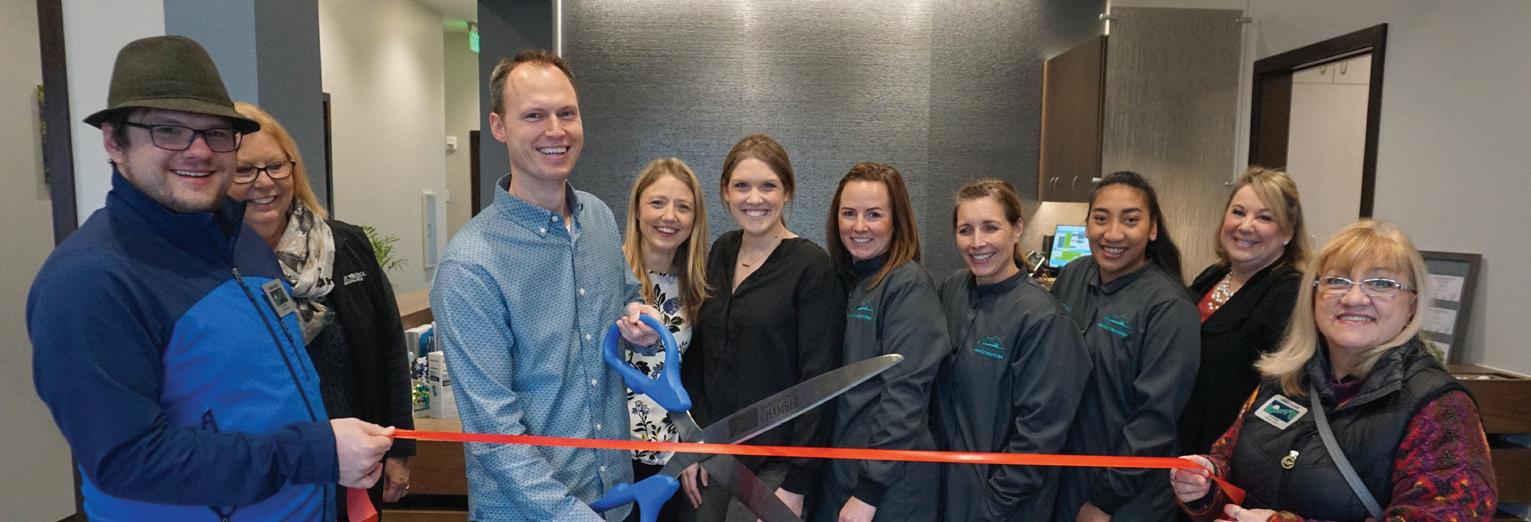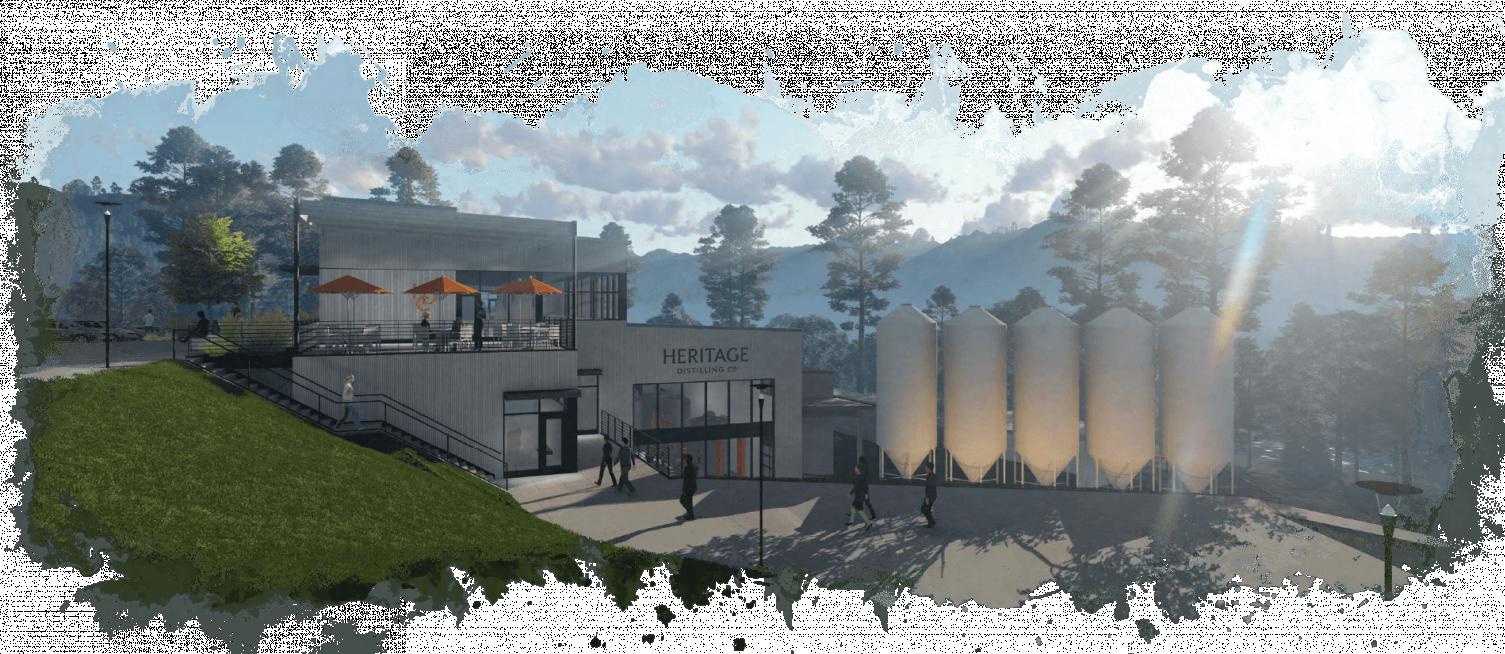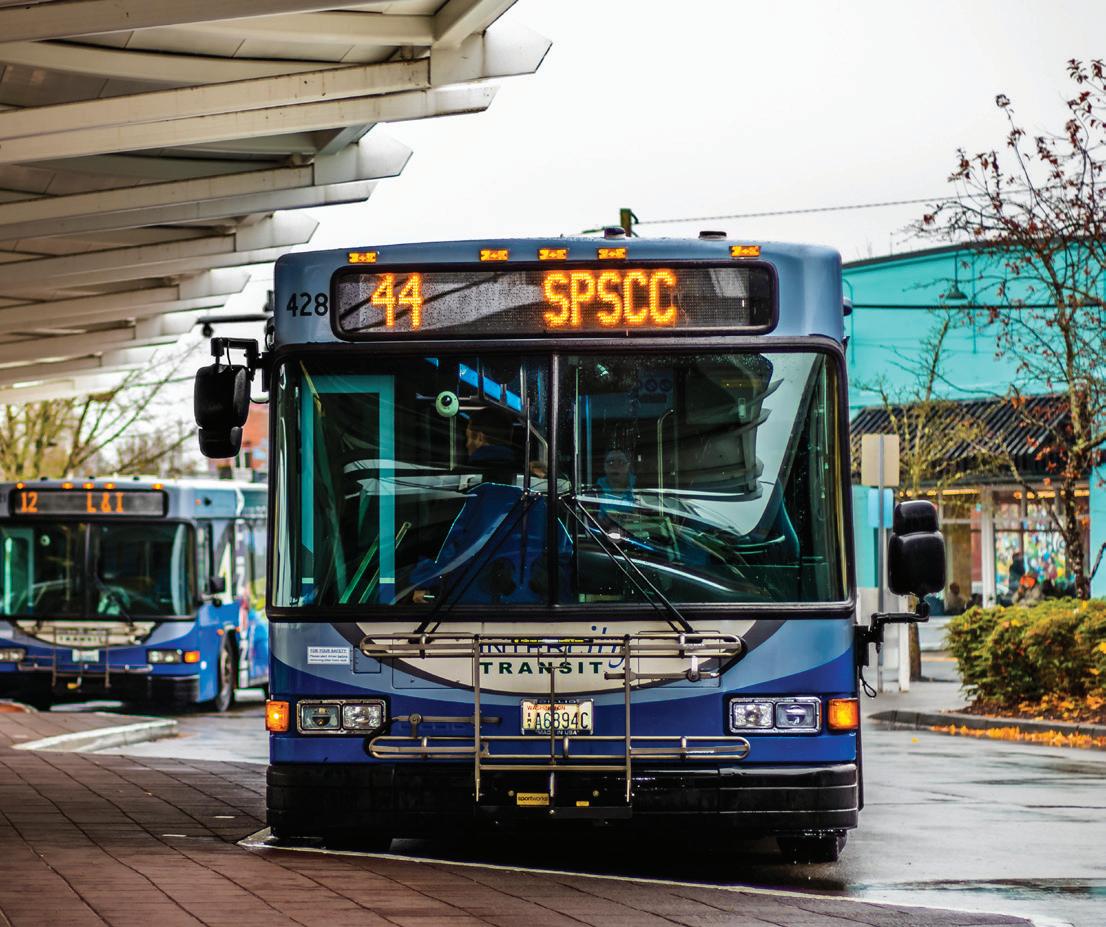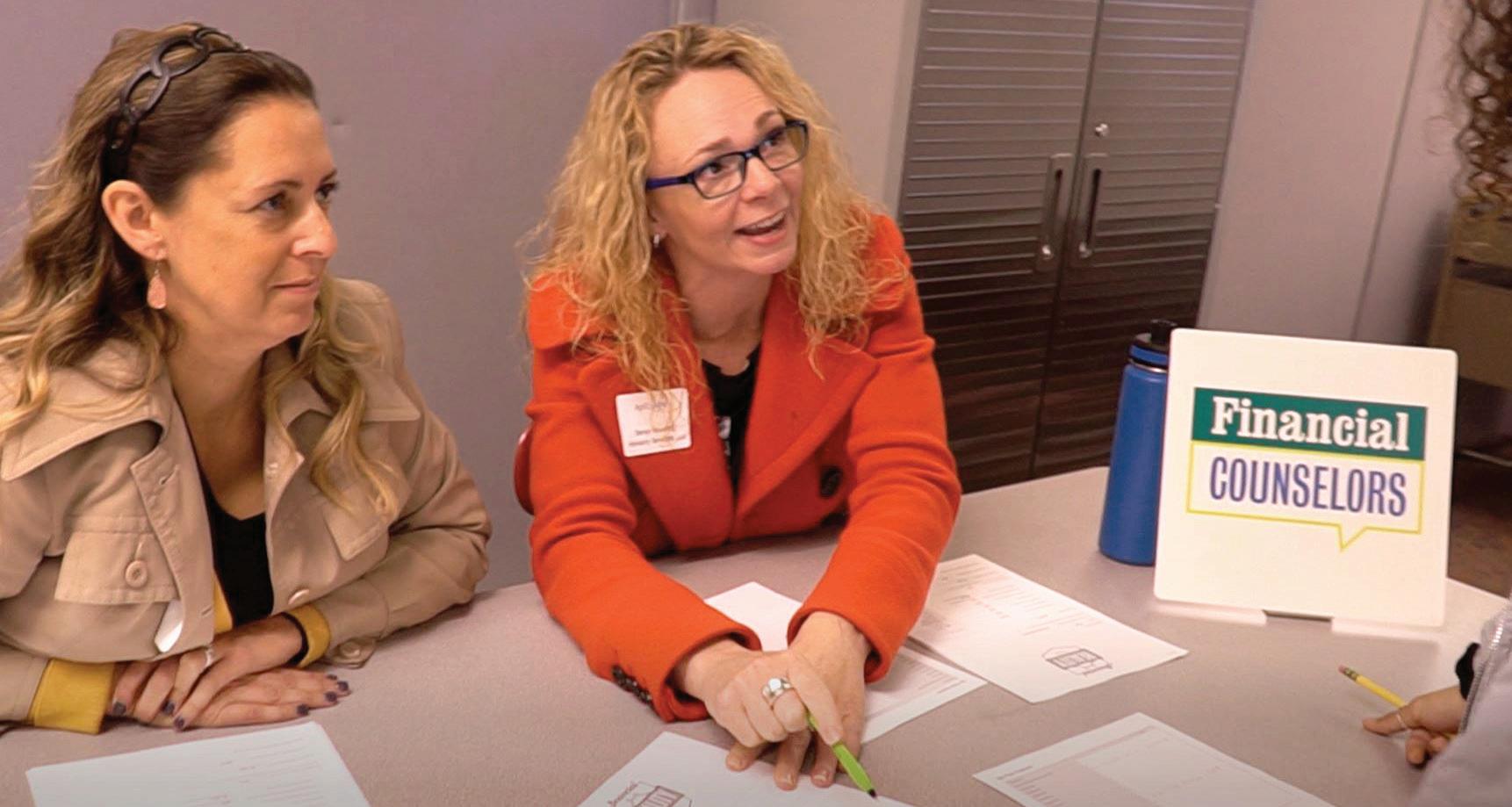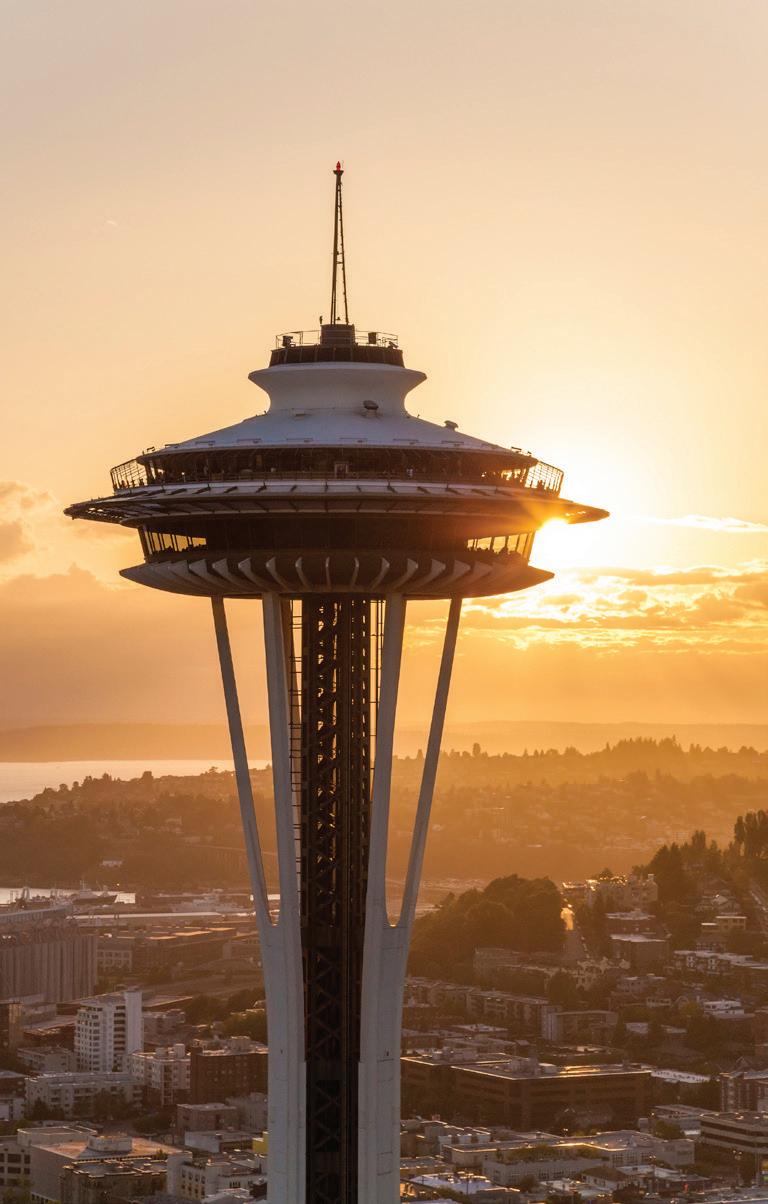Get on, it's free!
Zero Fare
Thurston County's Intercity Transit is receiving national attention for its move on January 1, 2020 to zero-fare. If you've read a national newspaper or listened to the radio in the past few weeks, you've probably read or heard these headlines: The Wall Street Journal “Cities Offer Free Buses in Bid to Boost Flagging Ridership”
The New York Times “Should Public Transit Be Free? More Cities Say, Why Not?”
What’s causing the stir? Starting on January 1, 2020, passengers riding on Intercity Transit buses no longer need bus fare or passes to ride. As of today, Intercity is the largest bus fleet in the Pacific Northwest to eliminate a fare collection. Intercity Transit leadership looked at the cost of replacing its obsolete fare boxes with new electronic fare card readers and decided it wasn't worth it, especially given the potential to increase ridership and speed up boarding by not charging fares at all. The zero-fare system eliminates fare collection on buses and Dial-A-Lift, increasing access to those services, reducing travel times and eliminating the need to replace outdated fare collection equipment. Last year, the community approved Intercity Transit Proposition 1 to expand transit services within the agency’s service area, which includes Lacey, thurstonchamber.com
The Hill “Olympia becomes largest city in Pacific Northwest to offer free public transit”
Olympia, Tumwater and Yelm. With the passage of IT Proposition 1, Intercity Transit committed to nine specific service enhancements that would make our transit system “transformational.” The agency has already implemented 60 percent of those improvements, including earlier and later service, improved frequency, service to new areas and enhanced facilities. After evaluating a range of options, including new fare collection technologies, the Authority determined a zero-fare system may be the most efficient and economical way to achieve the transformational transit system voters supported in 2018. Transitioning to zero-fare did not require any additional public investment or result in any service cuts.
KUOW “'Get on and go!' No bus fare needed anymore in this Northwest capital city”
According to General Manager, Ann Freeman-Manzanares, zero-fare offers distinct advantages over alternative fare structures. Most notably, systems that institute zero-fare programs have experienced ridership increases from 20 to 60 percent. “It’s clear the community has bigger plans for transit. They want us to move more people more quickly and reduce congestion. Frankly, zerofare is probably the least expensive and most efficient way we can accomplish those goals.”
Replacing obsolete fare collection boxes or moving to integrated e-fare systems like ORCA, would cost the agency millions. There are also practical considerations. Fare collection takes time as people search for the right change, and it creates barriers for riders. According to Authority Chair, According to the Olympian: [Intercity Debbie Sullivan, “replacing the fare Transit] says fares currently net less than collection system doesn’t make sense 2 percent of its operating revenue, while when the community is telling us to replacing an outdated fare collection reduce barriers, increase ridership and system would cost at least $1 million. make service faster.” Thurston County Chamber VOICE
I
February 2020
I
17

